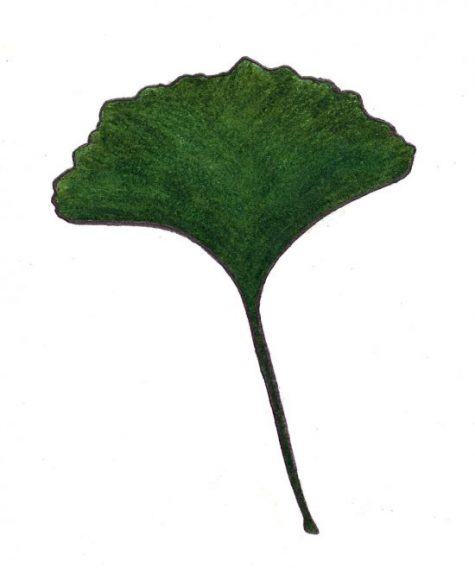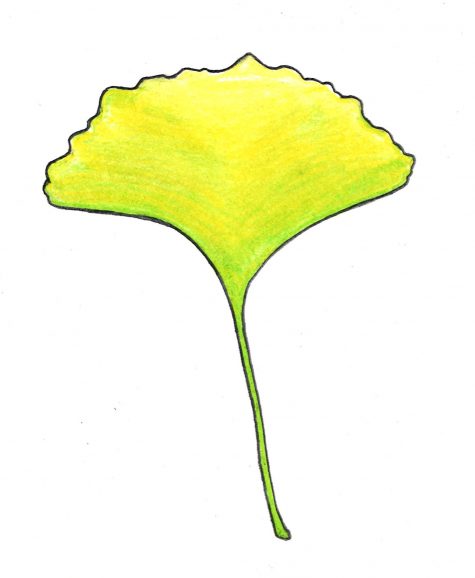In the early 2000’s when I was really getting excited about learning how to garden, one of the first resources I turned to was a website called You Grow Girl by Gayla Trail. I probably saw it mentioned in a zine about gardening. Something about it felt very punk rock. Trail’s site was different than other resources, and it spoke to the anti-authoritarian, non-conformist in me. Reading through the About page today, Trail’s punk rock spirit hasn’t waned, and I can see why her site appealed to me.
Now with well over two decades of gardening experience to draw from, Trail continues to run her site, has written five books (including one called You Grow Girl), and her “contemporary, laid-back approach” to gardening remains essentially the same. In her words, she “places equal importance on environmentalism, style, affordability, art, and humour.” Her “aim has always been to promote exploration, excitement, and a d.i.y approach to growing plants without the restrictions of traditional ideas about gardening.” We share these sentiments, which is why when I learned of her most recent book, Grow Curious, I knew I needed to read it.

Grow Curious by Gayla Trail accompanied by a pressed leaf from Trail’s garden.
Grow Curious is an activity book for gardeners of all ages, backgrounds, and skill levels. It diverges from most books about gardening in that it is not a how-to or a what-to-plant-where guide. It is instructional, but only in ways that are less about getting our chores done and more about helping us explore our gardens in order to see them in a new light and open our eyes to the remarkable world that is right outside our door – a world often overlooked because we have work to do. Trail’s book is also meant to reinvigorate any of us that may be a bit disillusioned by the act of gardening – having misplaced our spark along the way, lost in the drudgery of it all. It’s about stopping for a minute, looking around, and seeing things we maybe haven’t noticed before but that have been there all along.
Because Grow Curious is a compilation of garden activities (“an invitation to play”) interspersed with prose, there is no need to consume it chronologically. Activities can be done in order or chosen at random. They can be skipped altogether or done at different times of the year. The book, however, is organized by season, starting in spring and ending in winter. In this way, the story of the birth and death of the garden is told, a polarity that Trail reflects on throughout the book. In the introduction to “Fall,” she writes of the growing season coming to a close and the garden becoming “a scene of decay.” The garden’s death can help us come to terms with other deaths, including our own. On a brighter side, the return of spring can bring a newfound sense of “hope, transformation, and optimism;” along with “the energy of renewal.”

Botanical rubbings – one of dozens of creative, garden activities found in Grow Curious by Gayla Trail
The bulk of this book is a series of activities that are meant to, as the subtitle proclaims, “cultivate joy, wonder, and discovery in your garden.” In general, the instructions are minimal – a short paragraph or two; a single sentence followed by a list of things to observe or do. In this way, you have the freedom to explore and make things up as you go, without worrying about rules or whether or not you are doing it right. Activities include touching an insect, observing the shapes of leaves and stems, smelling soil, taking pictures from new and unusual angles, visiting your garden in the dead of night, et cetera. Some activities are more involved, like raising a caterpillar or researching something to death. Other activities require little effort, like pulling up some plants to see what color their roots are or tasting an edible plant part that you have never tasted before. To facilitate advanced exploration, many of the activities include ideas or ways to “Go Further.”
Among the pages of activities are Trail’s musings on gardening and life (as it relates to gardening), and I found these to be equally intriguing. Like her thoughts on fear and insecurity: “I was inexperienced and uncertain, full of my own fears and excuses.” And her “balanced” view on pests in the garden: “Since our insect partners often depend on the so-called bad guys, it turns out that a balanced garden needs both.” Her encouragement to observe the differences between wild plants and weeds that grow within and beyond the borders of our gardens, and her plea for us to “invite wildness” in, noting the “knotty labyrinth” that exists between “wild” and “cultivated” – “social constructs that we place in opposition to each other.”

Orange roots of California poppy (Eschscholzia californica). “As you’re digging up, moving around, and planting out new crops, trees, bushes, and perennials this fall, take note of plants that have colourful roots.” — Gayla Trail
If you have been following Awkward Botany for a while, you can probably see why this book is right up my alley. If you enjoy reading Awkward Botany, this book should be right up your alley, too.


























